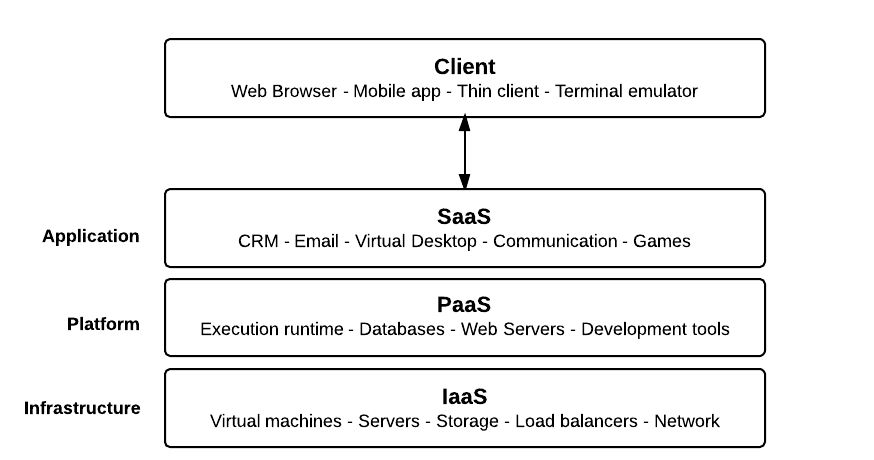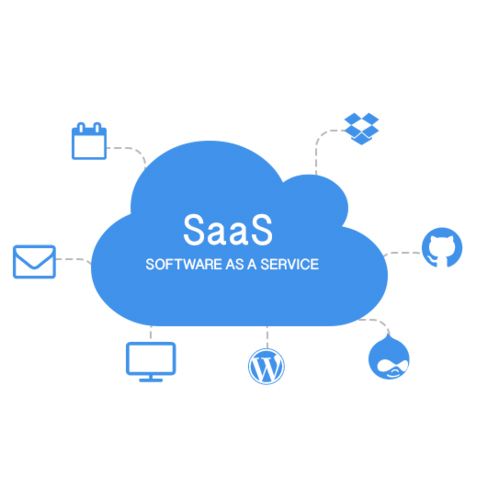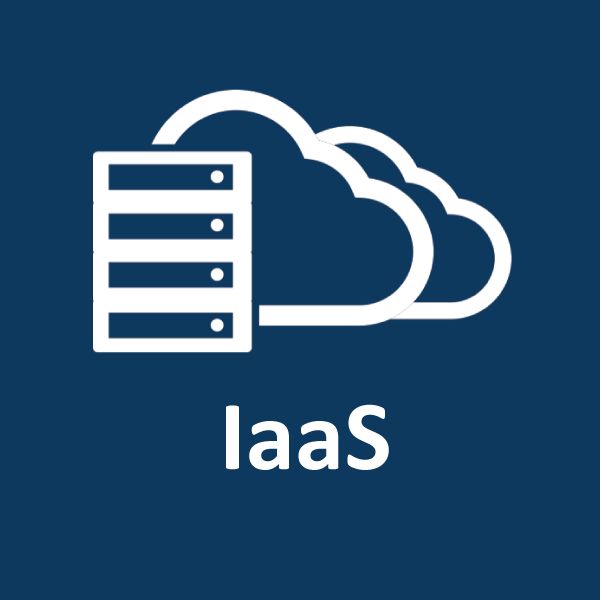Cloud Computing : Service Models
Jul 14, 2019 • 54 views
If you are new to this concept then I would suggest you to look Cloud Computing first to have an idea about it.
The Cloud Computing services has been generally divided into three different models :-
SaaS
PaaS
IaaS

SaaS(Software As a Service)

In this service the Cloud Provider leases applications or softwares which are owned by them to its client. The applications are accessible from various client devices through either a thin client interface, such as a web browser (e.g., web-based email), or a program interface.
The Advantages
You are entirely free from the infrastructure management and aligning software environment: no installation or software maintenance.
You benefit from automatic updates with the guarantee that all users have the same software version.
It enables easy and quicker testing of new software solutions
For :
SAAS model accounts for 60% of sales of cloud solutions. Hence, it is applicable and preferred by most companies.
PaaS(Platform as a Service)

In this service the Cloud Provider gives the ability to the customer to deploy customer created application using programming languages, tools etc that are provided by the Cloud Provider. The consumer does not manage or control the underlying cloud infrastructure including network, servers, operating systems, or storage, but has control over the deployed applications and possibly configuration settings for the application-hosting environment.
The Advantages
Mastering the installation and development of software applications
Time saving and flexibility for development projects: no need to manage the implementation of the platform, instant production.
Data security: You control the distribution, protection, and backup of your business data.
For :
It is ideal for companies wanting to maintain control over their business applications. However, they wish to get rid of constraints to manage the hardware infrastructure and software environment.
IaaS(Infrastructure as a Service)

In this service the Cloud Provider provides the customer with virtual machines and other resources as a service, they abstract the user from the physical machine, location, data partitioning etc. The consumer does not manage or control the underlying cloud infrastructure but has control over operating systems, storage, and deployed applications; and possibly limited control of select networking components (e.g., host firewalls).
The Advantages
Time and cost savings: more installation and maintenance of IT hardware in-house,
Better flexibility: On-demand hardware resources that can be tailored to your needs,
Remote access and resource management.
For :
This cloud computing service model is ideal for large accounts, enterprises or organizations capable of building and managing their own IT platforms.
